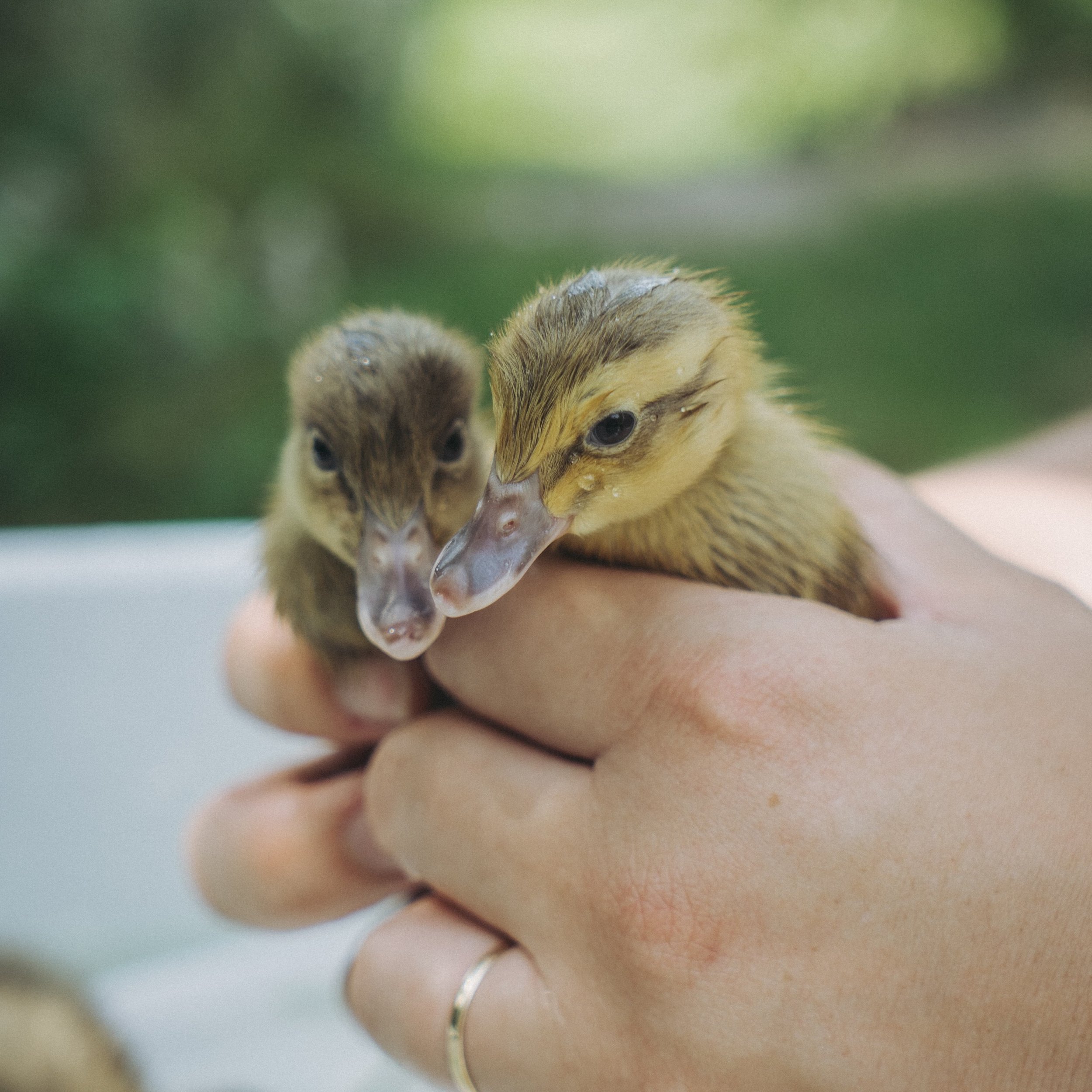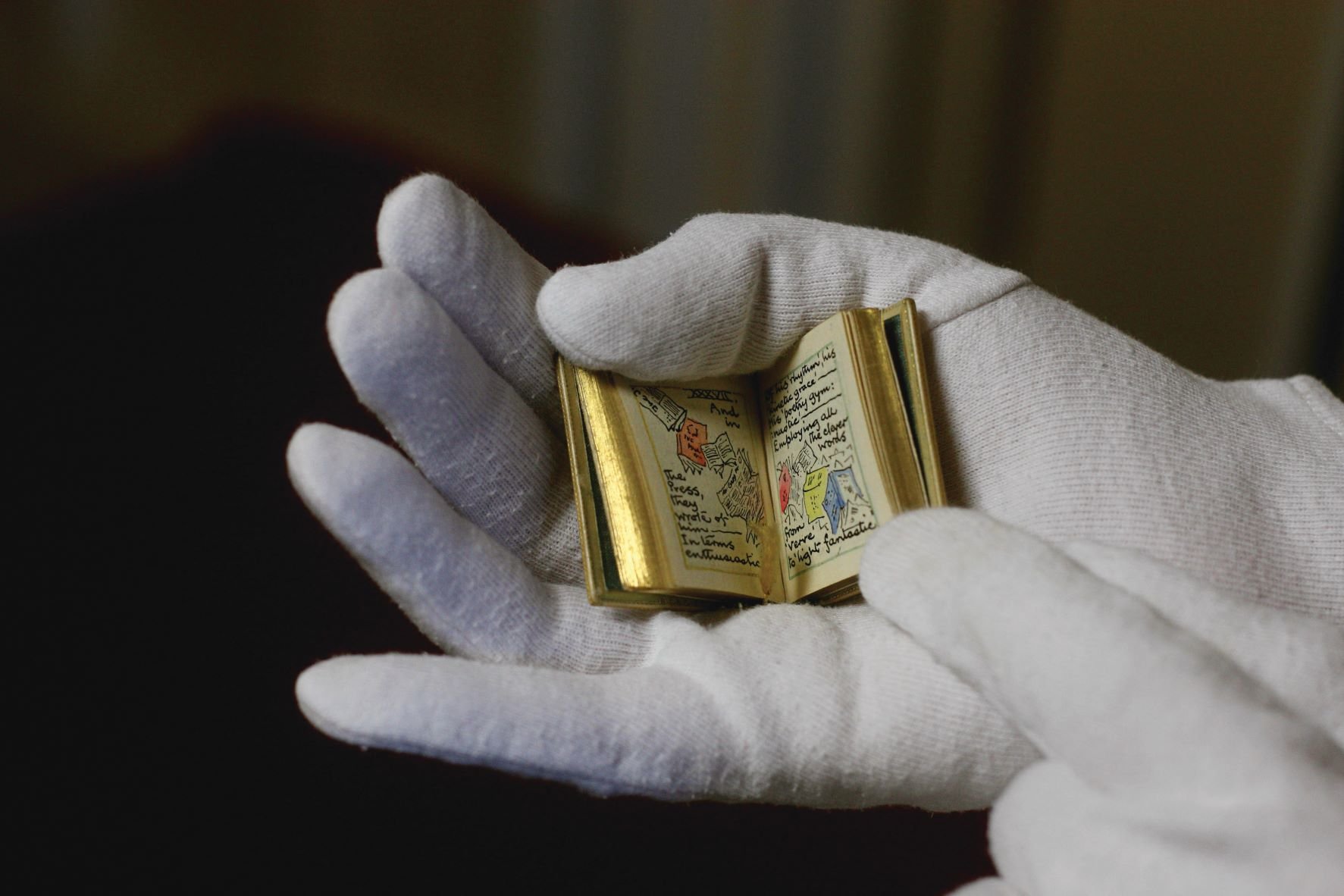This is our island in the sun(shine, turning cloudy through the afternoon)
You can take your Canaries and your private Caribbean islands; they’re nice if you just want sun sea and sand. And much as we love some wild wilderness, you can keep your Hebrides and your Orkneys; lovely for a bit of alone time and drama, but a bit, well, unfestive for a jolly holiday.
But the Isle of Wight is hard to beat. As a holiday resort, he island has come in for some criticism in recent years. Perhaps poshos indulge it for Cowes Week, but its seaside proms, amusements and crazy golf courses might be seen as a little infra dig in some circles. We say hurrah to that - more jolly Isle of Wight fun for us, and they’re missing the best of the island.
There can’t be many places that you can visit as a child and return 30-odd years later to find nothing has changed - in a good way. But the island is one of them. In some of the chocolate box villages, you could be walking into the 1950s. It also has some of the best of the UK’s beaches, rolling countryside and top-notch eateries. And the best thing about it is that wherever you happen to visit that morning, if you tire of it you can simply jump in the car - or on the wonderful train line serviced by ex-London Underground cars dating back to 1938, and rocket across the island to a different venue. No, wait - the very best thing about it is that you get to go on a ferry ride, making it feel like you are truly leaving real life behind and jetting off to foreign climes… and yet it only takes about 45 minutes.
In our April issue our ‘My Neighbourhood’ feature takes us on a tour of the Isle of Wight and it had us all just itching to jump onto a Red Funnel ferry immediately and be pouring coloured sand into glass lighthouses and eating fish and chips by an open fire by lunchtime. So we’ve been thinking about famous fictitious journeys to the Isle of Wight. Here’s our round-up of our favourites.
The couple in ‘When I’m Sixty-Four’ by The Beatles.
In this whimsical imagining of how a relationship would pan out years from the present, the singer hopes: ‘Every summer we can rent a cottage in the Isle of Wight, if it's not too dear… We shall scrimp and save.’ Well. Don’t go in Cowes Week, but off peak, you should be fine. Vera, Chuck and Dave (the grandchildren on their knee) might have to stay behind if it’s school term time, though.
Sadly, The Fab Four never actually crossed the Solent together to play, but we think of the Isle of Wight as a very Beatles place to have a jolly still.
Martha in Julian Barnes’s England England
In the second part of this tripartite novel, Martha is employed by Sir Jack Pitman who wants to turn the Isle of Wight into a huge theme park called England England, which replicates all of the country’s best known historical buildings, sites and people, to save tourists the bother of traipsing around the whole of England itself. Genius.
The films Mrs Brown and Victoria and Abdul
Both were filmed at Osborne House on the island. Perhaps no great surprise since Osborne House was summer home to Queen Victoria for the last 50 years of her reign. But she had a lovely time apparently. Loved the crazy gold at Shanklin.
Day of the Triffids
Saving our favourite IOW appearance for last… Day of the Triffids. In the John Wyndham 1950s Sci-Fi novel, the characters flee the mainland and set up a new colony on the island, safe from the ravages of the giant man-eating plants. The island is actually a real-life safe haven for unusual flora and fauna today, from the red squirrel and Granville Fritillary butterfly to narrow-leaved lungwort and Early Gentian. Just don’t pick the flowers - they might bite back!
For more on the Isle of Wight buy our April issue, in shops now.
Get hold of your copy of this month's The Simple Things - buy, download or subscribe







































































